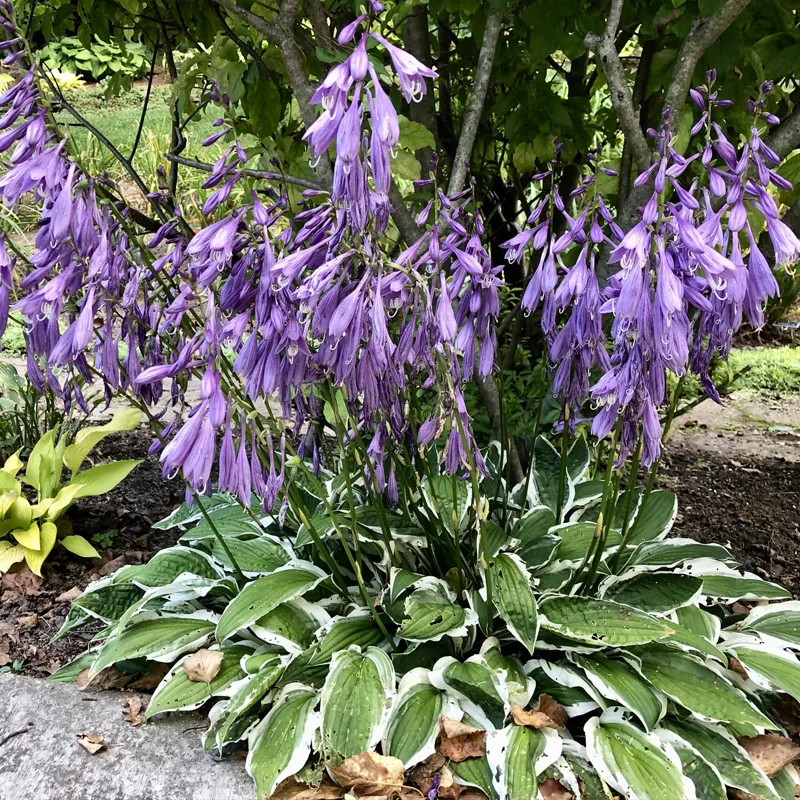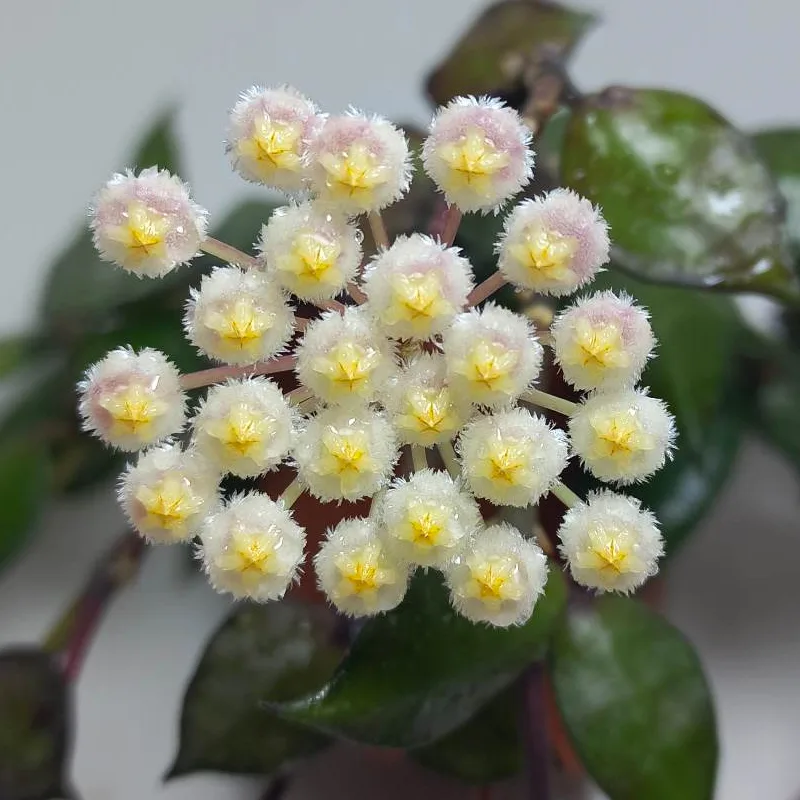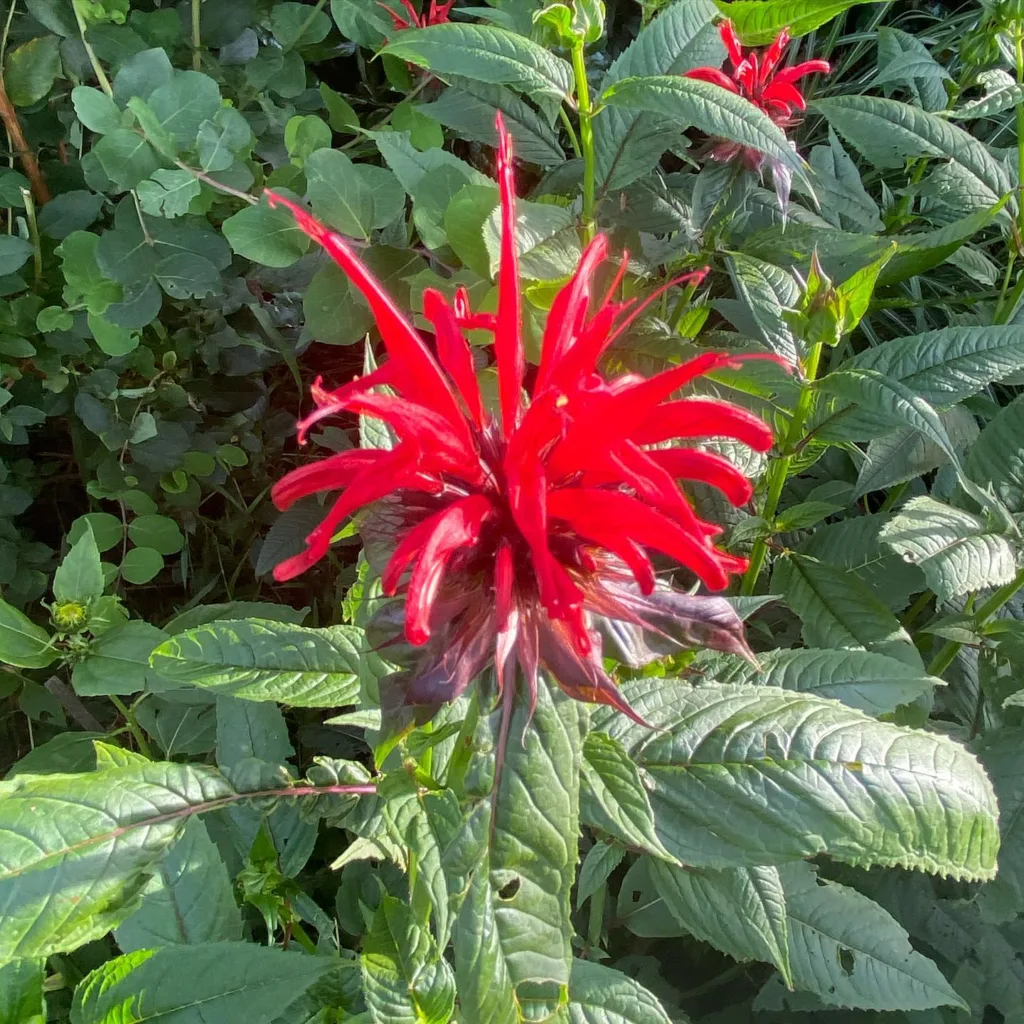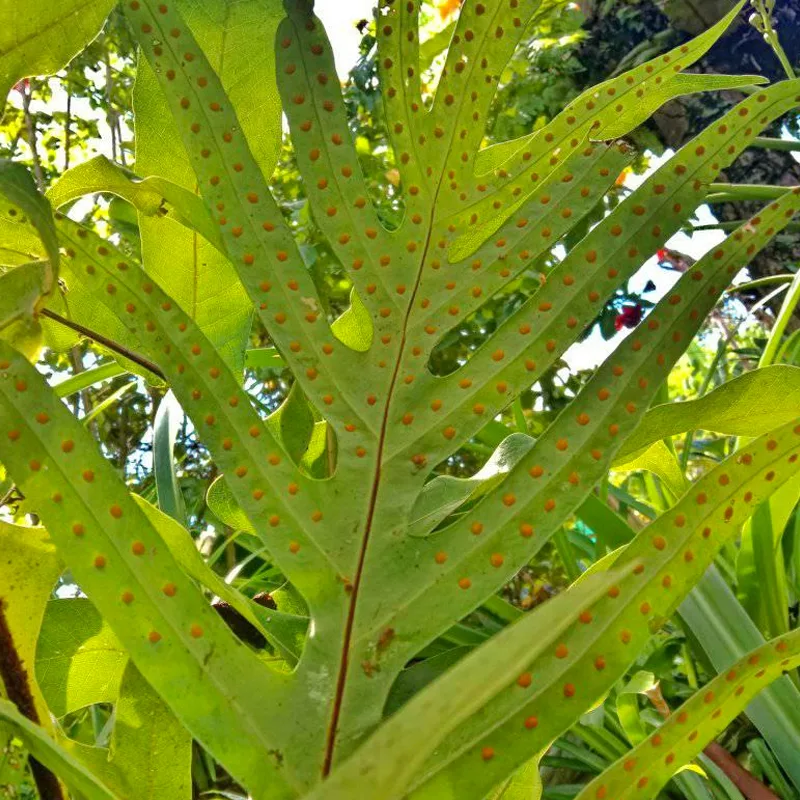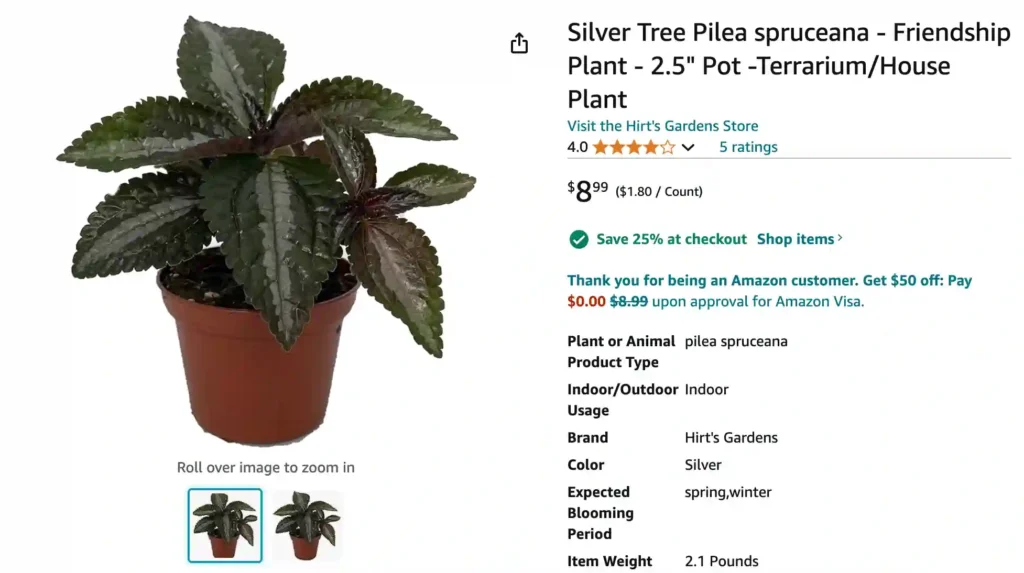
The Allure of the Silver Tree: My Journey with Pilea spruceana
For any houseplant enthusiast, the Pilea spruceana, also known as the Silver Tree or Norfolk Friendship Plant, holds a certain mystique. Its shimmering, textured leaves and compact form make it a captivating addition to any indoor space. But beyond aesthetics, this little wonder boasts surprising resilience and ease of care. My journey with the Pilea spruceana has been a delightful exploration, and I’m here to share the knowledge I’ve gleaned.
609 Species in Genus Pilea
What is Pilea spruceana?
The Pilea spruceana hails from the tropical rainforests of South America, belonging to the nettle family (Urticaceae). Despite its familial ties, this houseplant doesn’t harbor any stinging surprises. Instead, it enchants with its oval-shaped, pewter-colored leaves adorned with a subtle herringbone pattern. These velvety wonders feel cool to the touch, adding a touch of the exotic to your home.
While some Pileas are known for their rapid growth, the Pilea spruceana takes a more measured approach. It typically reaches a mature height of around 12 inches, with a spread of up to 18 inches. This makes it ideal for tabletops, shelves, or terrariums, bringing a touch of greenery to even the most compact spaces.
How to Choose the Perfect Pilea spruceana?
When selecting your Pilea spruceana, a keen eye goes a long way. Look for a plant with vibrant, evenly colored leaves. Avoid those with drooping or discolored foliage, as these could indicate root rot or insufficient light. The stem should be firm and upright, supporting the weight of the leaves with ease.
Pots with good drainage are crucial for this little gem. Opt for a container with drainage holes at the bottom to prevent waterlogging, which can be detrimental to its health.
How to Grow Pilea spruceana?
The Pilea spruceana thrives on a philosophy of benign neglect. Here’s what it needs to flourish:
- Light: This plant prefers bright, indirect light. South-facing windows can be too harsh, so consider east or west-facing ones instead. Signs of insufficient light include leggy growth and pale leaves. Conversely, excessive light can cause the leaves to scorch.
- Watering: Water your Pilea spruceana when the top inch of soil feels dry to the touch. Overwatering is a common culprit for problems, so err on the side of underwatering.
- Soil: A well-draining potting mix is essential. Look for one specifically formulated for houseplants or create your own by combining potting soil with perlite or coarse sand for added drainage.
- Temperature and Humidity: The Pilea spruceana appreciates the warmth of our homes, thriving in temperatures between 65°F and 80°F (18°C and 27°C). Average indoor humidity levels are sufficient, but if the air gets particularly dry, occasional misting can be beneficial.
How to propagate Pilea spruceana?
The beauty of the Pilea spruceana is meant to be shared. Luckily, propagation is a breeze! Here are two popular methods:
- Stem Cuttings: Take a healthy stem cutting with a few leaves attached. Plant it directly in moist potting mix and keep the soil consistently damp. New growth should appear within a few weeks.
- Division: Mature Pilea spruceana plants often develop pups at the base. These can be carefully separated from the mother plant and potted individually for a new generation of Silver Trees.
Potential Pitfalls and How to Navigate Them
While generally a low-maintenance plant, the Pilea spruceana can encounter a few challenges:
- Brown Leaves: This can be caused by underwatering, overwatering, or insufficient light. Check the watering schedule and adjust if necessary. Move the plant to a brighter location if needed.
- Leggy Growth: This is typically a sign of insufficient light. Provide your Pilea spruceana with brighter indirect light.
- Pests and Diseases: Scale and mealybugs can occasionally trouble your plant. Treat them with insecticidal soap or neem oil solution. Fungal diseases due to overwatering are less common but can be addressed with fungicide and improved drainage.
With a little care and observation, you can easily identify and address any issues your Pilea spruceana might encounter.
Beyond the Pot: Pairing Your Pilea spruceana
The Pilea spruceana’s versatility extends to its compatibility with other houseplants. Here are a few ideas for creating a captivating indoor display:
- Foliage Contrast: Pair your Pilea spruceana with plants boasting contrasting foliage textures and colors. Ferns with their soft, green fronds or a colorful bromeliad would create a stunning juxtaposition.
- Terrarium Magic: The Pilea spruce ana’s love for humidity makes it a prime candidate for a terrarium. Combine it with other low-growing, humidity-loving plants like Fittonia (Nerve Plant) or Peperomia for a miniature rainforest ecosystem.
By incorporating these tips and tricks, you can cultivate a thriving Pilea spruceana that will bring a touch of understated elegance to your home. Remember, this little wonder thrives on neglect, so don’t be afraid to relax and enjoy the quiet companionship it offers. As you witness its silvery leaves shimmer in the light, you’ll understand why the Pilea spruceana has become a cherished member of the houseplant community.
If i die, water my plants!
